Home Page › Blog › What is a Public Access Test for Service Animals?
What is a Public Access Test for Service Animals?
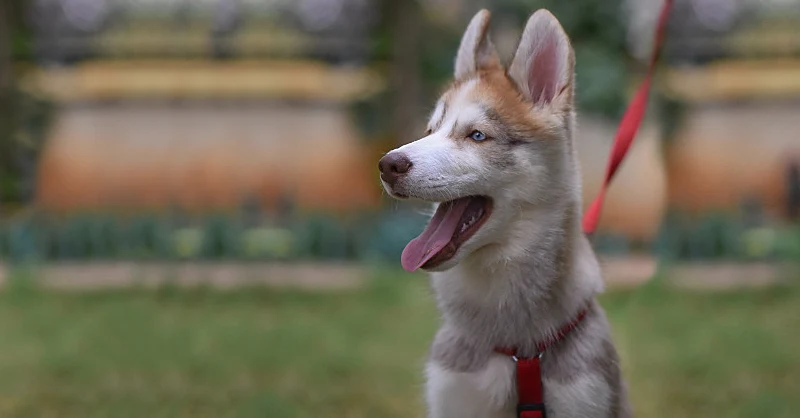
The public holds service dogs in high esteem. Service dogs have the honor of being welcomed into areas that are not usually open to other animals. Being able to enter these locations allows service dogs to fulfill their essential duties of helping their handlers.
For all service dogs to be able to execute their duties, the public’s trust must be maintained through the vetting of service dogs. Any dog can enter service dog training, regardless of breed or age. However, unless they have a certain set of characteristics, they might not do well. In addition, service dogs usually wear a vest in public for easy identification.
A public service test for service animals provides a standardized method to gauge how safe a service dog can be in public situations.
Training
The Americans with Disabilities Act (ADA) requires a service dog to be trained or be able to execute an essential life task that its handler can not do for themselves because of a disability.
Due to numerous requests from dog owners with disabilities, International Association of Assistance Dog Partners (IAADP) has listed minimum training standards to fulfill the ADA requirements regarding training. If successfully trained, these standards guarantee that every service dog is safe to go almost anywhere, regardless of who or where a service dog was trained.
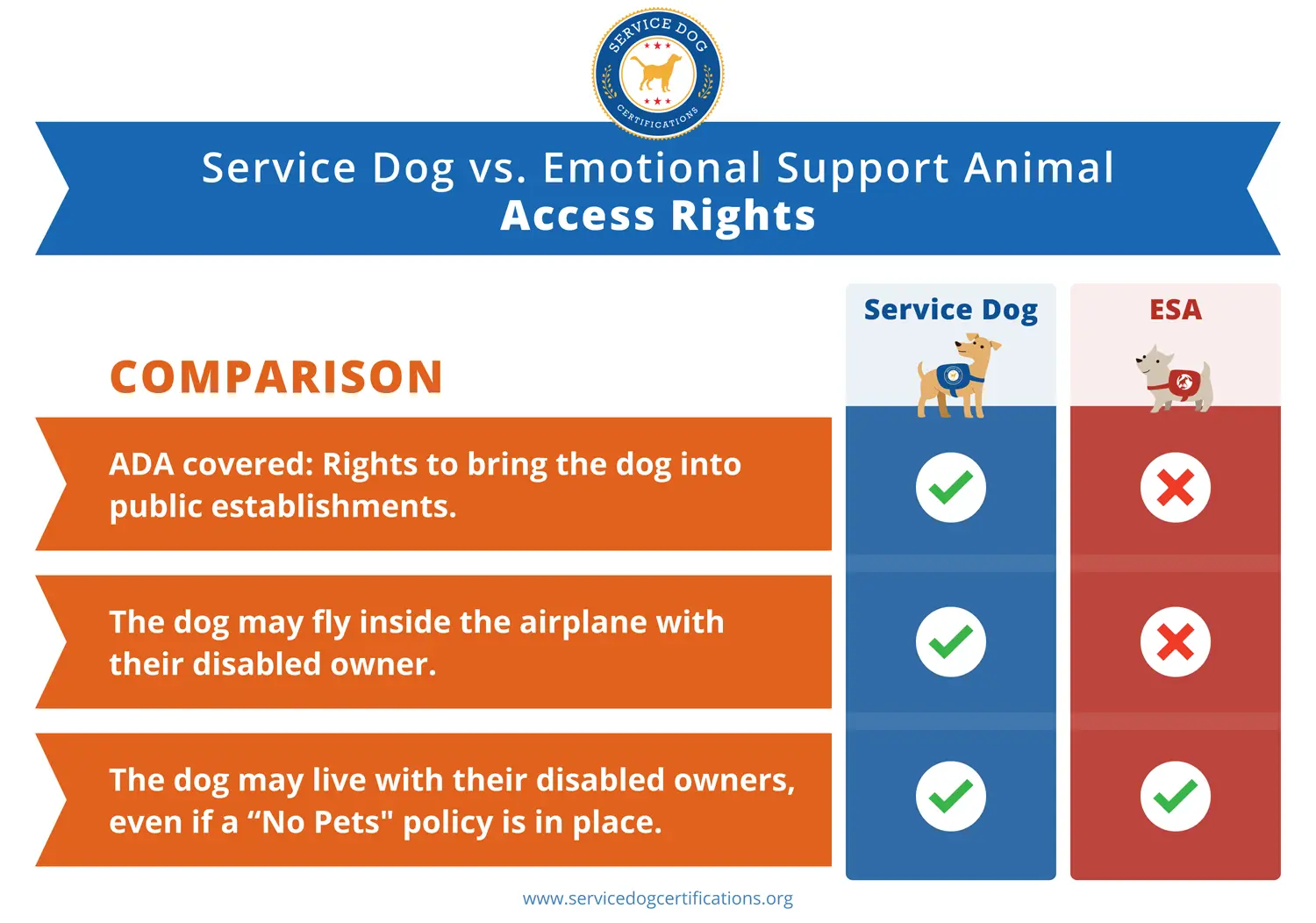
Share this image on your site
Test Expectations
Below is a list of PAT test requirements for service dog handlers. The training can be done through a professional trainer or by the handler themselves. The following commands are for service dogs, which are “On-Leash.” They can be executed through hand commands, voice commands, or a mix of both.
Controlled Unload Out of a Vehicle
Before coming out of a vehicle, the service dog does not immediately exit the vehicle. The service dog waits to be released out of the car.
After release and exiting, the service dog must then await instructions quietly. It cannot ignore any commands, move around, or be off lead. The service dog should be able to unload from a vehicle safely and calmly.
Approaching a Building
After a service dog unloads calmly from a vehicle, the dog should not continue immediately on its own towards a building. It should remain in heel until it receives further directions to proceed.
Upon moving toward the destination, the dog does not become distracted by traffic or noise or show any showing. The service dog must be relaxed and calm. If the trainer stops, the service dog should also stop.
Controlled Entry
When the service dog reaches the building, the dog should remain relaxed and focused. The dog should not be easily distracted or seek attention from others. The dog should not wander away, push forward, or strain against the leash, but instead, calmly walk alongside its trainer.
Heeling Through a Building
Inside the building, the service dog should walk with the trainer in a calm and controlled way. The service dog should always be no more than one foot away from the trainer, and be able to adjust to changes in speed and turns quickly. The service dog should be able to calmly follow its trainer through crowded areas full of obstacles without becoming anxious or seeking attention from others.
Six Foot Recall on Lead
The trainer should be able to sit a service dog and walk away to a distance of six feet, then call the service dog.
The dog should respond immediately, without ignoring the command or being distracted by the public. The dog should return to its handler by approaching in a calm a deliberate manner, without any detours or stalling.
Sits on Command
The service dog must immediately respond to every sit command, needing no more than two prompts.
Downs on Command
First Down:
After your service dog follows the down command, food is dropped onto the floor. The service dog should make no effort to go down to the food or sniff at it. Controls may be provided to keep the dog at the down position. But the dog should not need excessive management. Your service dog should not attempt to go for the food or try to smell food.
Second Down:
Another down is called, and an adult or child approaches the service dog. The dog should remain in the down position and not seek attention. If the child or adult attempts to pet the dog, the service dog will stay in place. The trainer may provide corrections to the service dog.
Noise Distraction
The service dog should be aware of any noises nearby, but not show any signs of anxiety or aggression towards sounds. Although the dog may be startled, the service dog can recover promptly and continue in the heeled position. The service dog should not begin growling or shaking at the noise.
Inside a Restaurant
When the trainer is eating at a table, the dog should remain under the table or, if too large, should remain near the handler. If the dog is a smaller breed, it can be placed in a seat next to the trainer–but the dog must lie down. Throughout the meal, the dog should remain calm and should not need much correction.
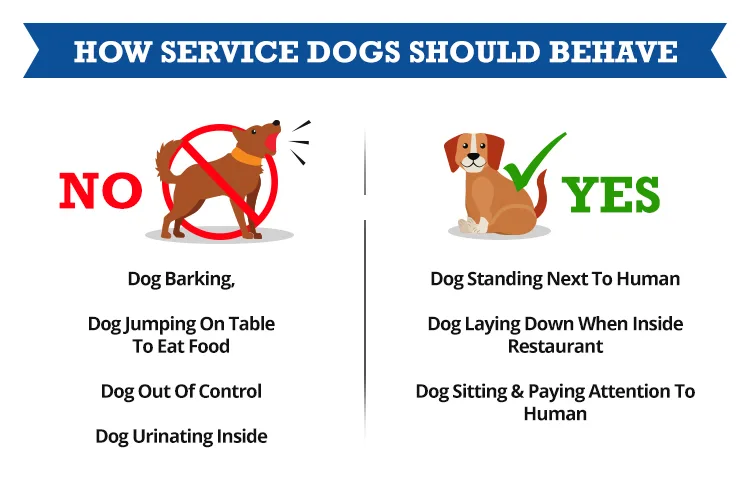
Off Lead
The trainer is asked to drop the lead while walking with the service dog, and the dog should be aware that the lead was dropped. The trainer should be able to keep control of the service dog until the trainer is able to regain the lead. The main purpose of this exercise is to ensure the dogs’ awareness of the lead and the handler’s ability to maintain control of the dog should the lead be dropped.
Controlled Unit
When the trainer exits the building the dog should not display anxiety or aggression at the sound of vehicles or change in scenery.
Safety
The Public Access Test maintains the integrity of the service dog institution by ensuring the safety of the public, the service dog, and the dog trainer. By vetting every service dog through this process, every dog handler understands what the expectations are for a dog to become a service dog.
About the Author: The writing team at Service Dog Certifications is made up of folks who really know their stuff when it comes to disability laws and assistance animals. Many of our writers and editors have service dogs themselves and share insights from their own experiences. All of us have a passion for disability rights and animals.
6 comments
Leave a Reply Cancel reply
Latest Posts

How to Bring a Service Dog to Disneyland
Trained service dogs are more than welcome to join their handlers at Disneyland. In this guide, we’ll explain Disneyland’s policies and give practical advice for bringing a service dog to Disneyland for the first time. Disneyland’s Service Dog Policies The Magic Kingdom is happy to welcome trained service dogs across most park locations! They kindly […]

Read More

Can Dogs Eat Tomatoes?
Yes! Dogs can safely enjoy tomatoes, but there are a few risks to be aware of so you can feed your dog responsibly. Fully ripe tomatoes (without the stems and leaves) can actually have nutrients that are good for your pup. Tomatoes have chlorogenic acid, an antioxidant that can have anti-inflammatory effects in cells. They’re […]

Read More
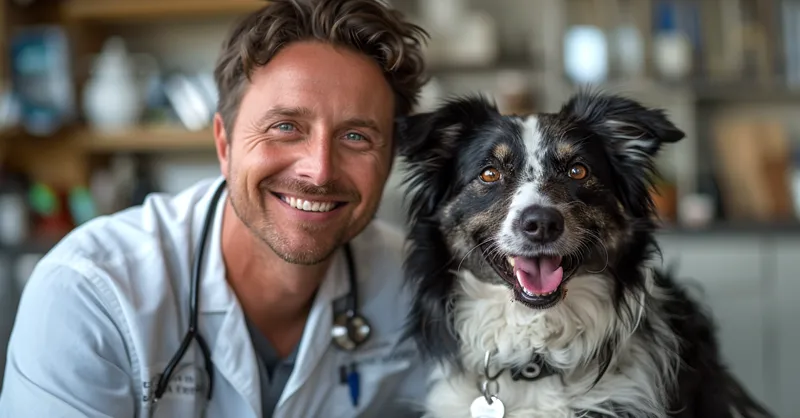
Can a Primary Care Doctor Write an ESA Letter?
Your family doctor, also called a primary care physician (PCP), can write a letter recommending an emotional support animal. We’ll explain what legally gives them that ability and explore what better options might be available for you. Why are Physicians Able to Write an ESA Letter? To turn your pet into an emotional support animal, […]

Read More
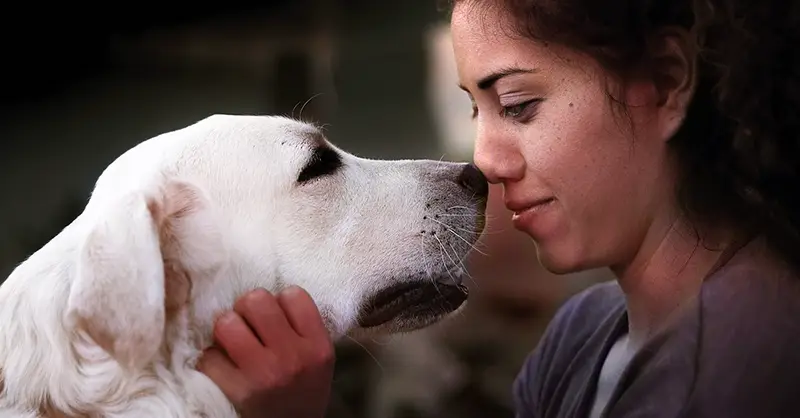
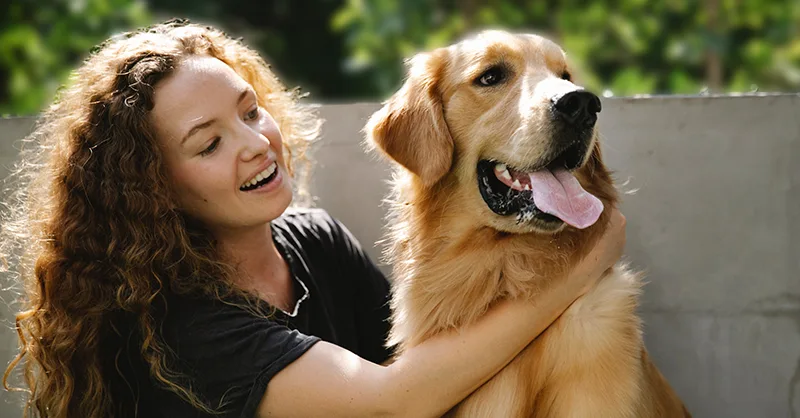

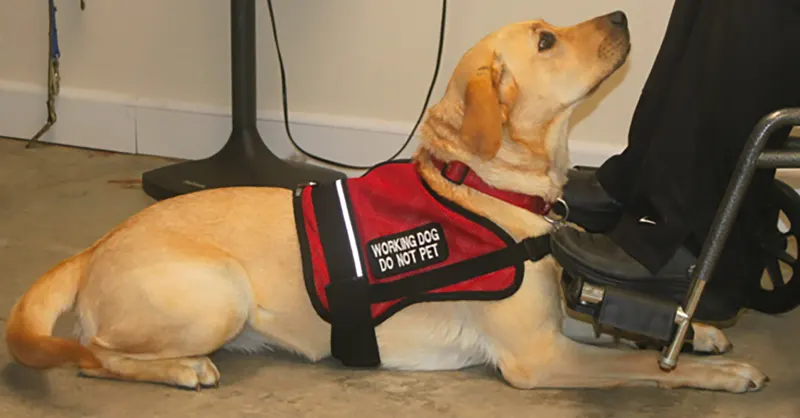

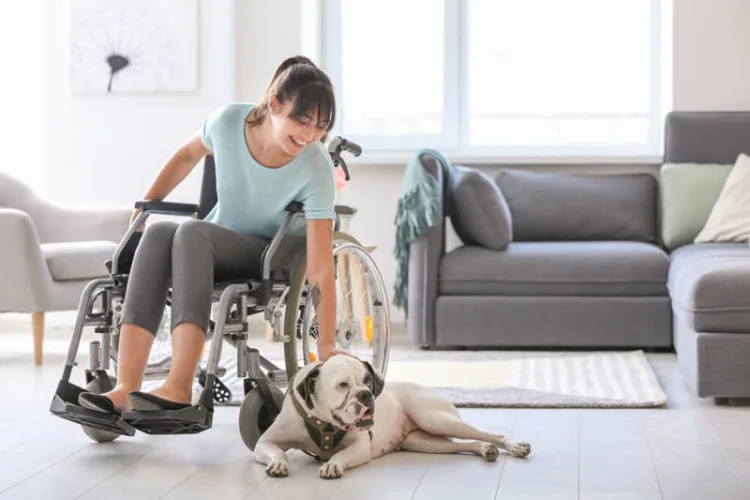

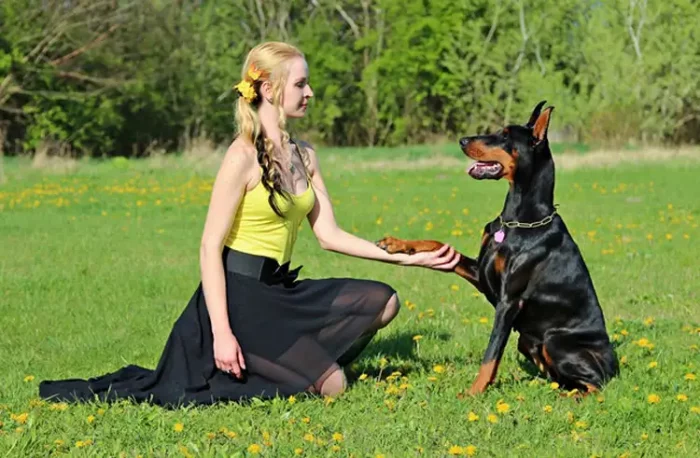

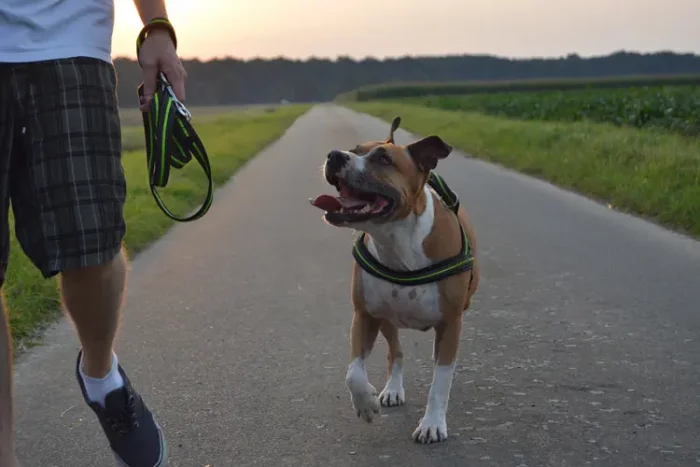
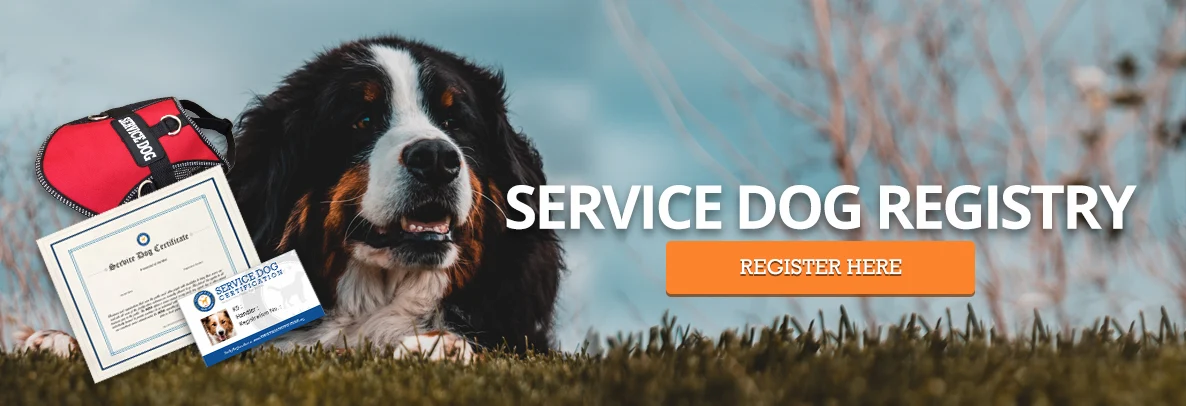

I put my golden retriever through a two-week training program. We are still working on training, but I would like to eventually set her up as my service dog. I can’t seem to find a way to officially get her certified as my service dog. Also, where can I get my dog to take the Public Access Test?
My six month old Cane Corso started smelling my breath the making me sit down by using his paw. I’m a recovering cancer patient and I have EHLERS-DANLOS Syndrome. After I sit he calms down and sits by me then gets up and looks at me like it’s ok. I train him in public on lead and off around noises people ect. He’s a good dog can he qualify for my alert dog?
We suggest speaking to your healthcare professional and perhaps a professional trainer to see if a service dog is appropriate for you.
If I train my dog myself can I perform the public access test or does someone else have to?
You can test your dog on your own or with the help of a professional trainer or organization.
My dog assists with my bad hearing. My observation of him on leash lets me know things happening near by. Without some response from him I wouldn’t get alerts. That’s how we work together when on leash.